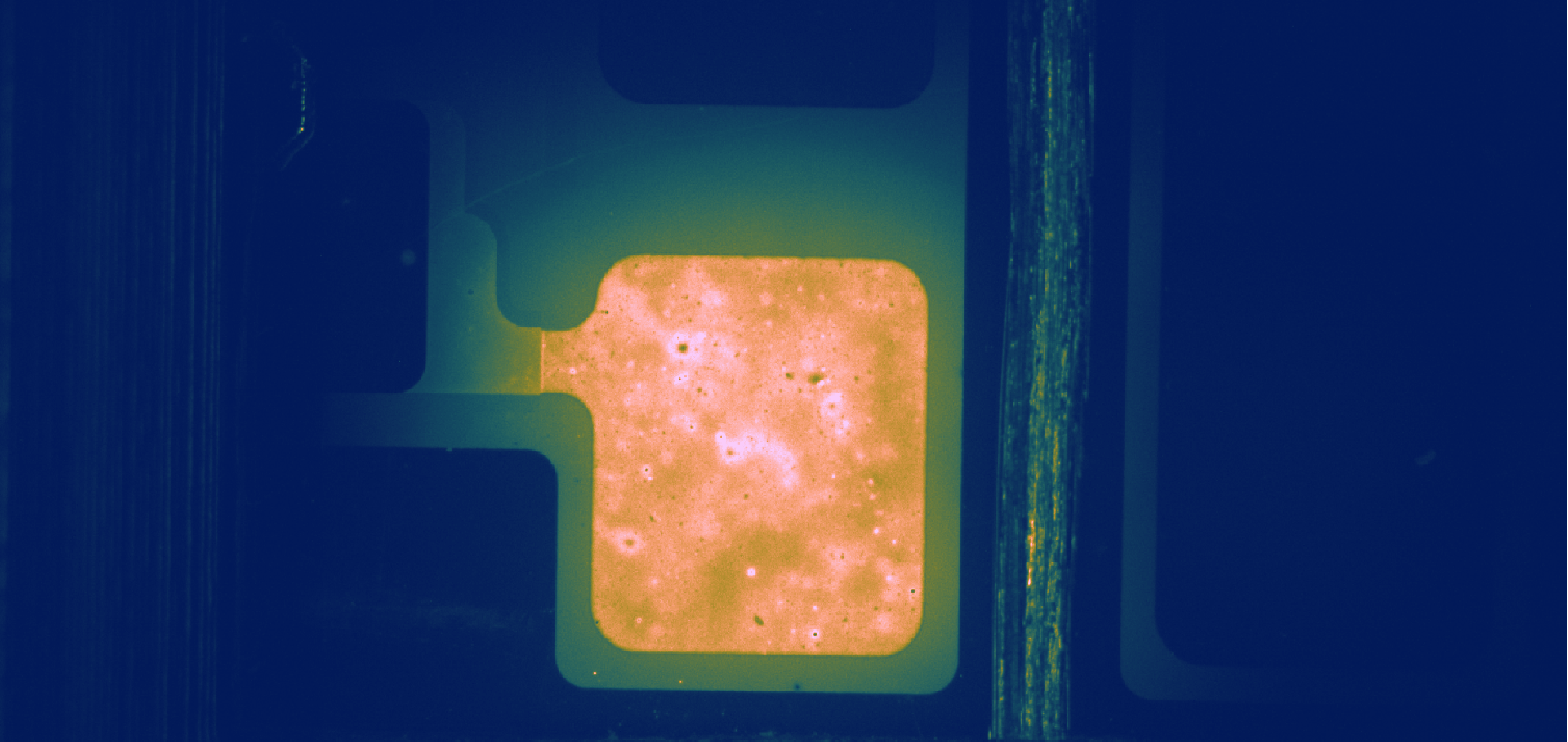Coherent growth of high-Miller-index facets enhances perovskite solar cells
Reactive Passivation of Wide-Bandgap Organic–Inorganic Perovskites with Benzylamine
Abstract:
While amines are widely used as additives in metal-halide perovskites, our understanding of the way amines in perovskite precursor solutions impact the resultant perovskite film is still limited. In this paper, we explore the multiple effects of benzylamine (BnAm), also referred to as phenylmethylamine, used to passivate both FA0.75Cs0.25Pb(I0.8Br0.2)3 and FA0.8Cs0.2PbI3 perovskite compositions. We show that, unlike benzylammonium (BnA+) halide salts, BnAm reacts rapidly with the formamidinium (FA+) cation, forming new chemical products in solution and these products passivate the perovskite crystal domains when processed into a thin film. In addition, when BnAm is used as a bulk additive, the average perovskite solar cell maximum power point tracked efficiency (for 30 s) increased to 19.3% compared to the control devices 16.8% for a 1.68 eV perovskite. Under combined full spectrum simulated sunlight and 65 °C temperature, the devices maintained a better T 80 stability of close to 2500 h while the control devices have T 80 stabilities of <100 h. We obtained similar results when presynthesizing the product BnFAI and adding it directly into the perovskite precursor solution. These findings highlight the mechanistic differences between amine and ammonium salt passivation, enabling the rational design of molecular strategies to improve the material quality and device performance of metal-halide perovskites.Bandgap-universal passivation enables stable perovskite solar cells with low photovoltage loss
Abstract:
The efficiency and longevity of metal-halide perovskite solar cells are typically dictated by nonradiative defect-mediated charge recombination. In this work, we demonstrate a vapor-based amino-silane passivation that reduces photovoltage deficits to around 100 millivolts (>90% of the thermodynamic limit) in perovskite solar cells of bandgaps between 1.6 and 1.8 electron volts, which is crucial for tandem applications. A primary-, secondary-, or tertiary-amino–silane alone negatively or barely affected perovskite crystallinity and charge transport, but amino-silanes that incorporate primary and secondary amines yield up to a 60-fold increase in photoluminescence quantum yield and preserve long-range conduction. Amino-silane–treated devices retained 95% power conversion efficiency for more than 1500 hours under full-spectrum sunlight at 85°C and open-circuit conditions in ambient air with a relative humidity of 50 to 60%.


